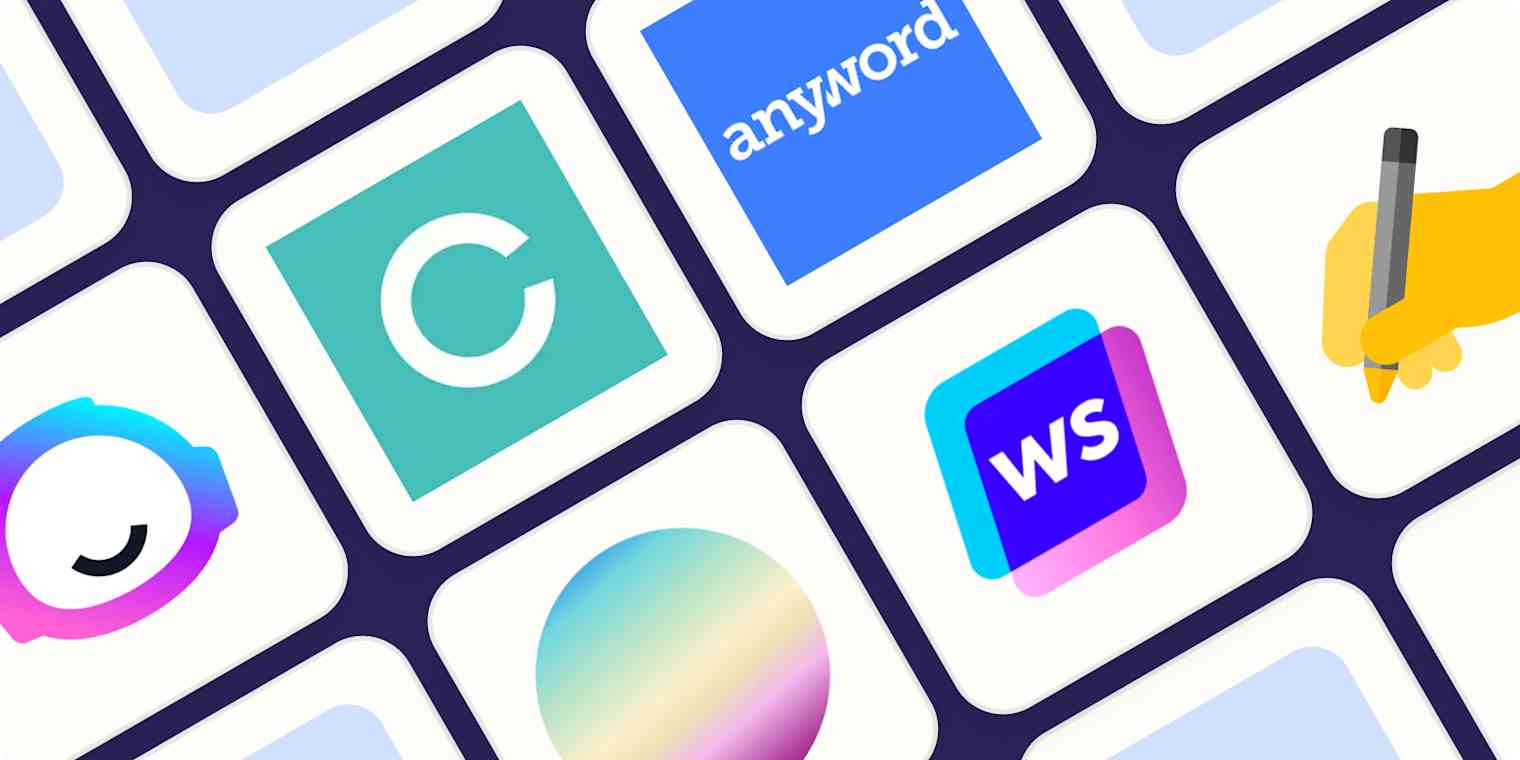Generative AI: Friend or Foe?
Generative AI: Friend or Foe?

Introduction
Artificial intelligence (AI) is rapidly changing the world around us, and the writing and publishing industries are no exception.
The use of artificial intelligence and automation technologies for writing has become increasingly popular in recent years. With the development of AI technologies, scientists have created large language models (LLMs) that are used in language fields.
Generative AI based on them, such as ChatGPT, can now generate text, translate languages, and write creative content, making them potential game changers in the writing and publishing industry.
These tools have the potential to revolutionize the way we write and publish.
What is generative AI?
Generative AI is a type of AI that can create new content, such as text, images, or music. It works by learning from a large dataset of existing content. For example, a generative AI trained on a dataset of news articles could be used to generate new news articles.

Benefits of generative AI
Generative AI has the potential to revolutionize the writing and publishing industries in a number of ways.
-
Increased productivity: Generative AI can help writers to be more productive by automating repetitive tasks, such as research and editing. This could free up writers to focus on more creative aspects of their work.
-
Improved accuracy: Generative AI can be used to check for factual errors and improve the overall accuracy of written content. This could help to ensure that readers are getting accurate information.
-
Expanded creativity: Generative AI can be used to generate new and innovative forms of writing, such as poetry, fiction, and screenplays. This could help to break down barriers to creativity and make writing more accessible to everyone.
Examples
Here are some examples of how generative AI is being used in the writing and publishing industries:
-
News organizations are using generative AI to generate new news articles. This can help to save time and resources, and it can also help to ensure that news organizations are always providing up-to-date information.
-
Publishers are using generative AI to create personalized content for readers. This can help to make reading more engaging and relevant for each individual reader.
-
Writers are using generative AI to help them with their creative writing. This can help writers to come up with new ideas, and it can also help them to improve their writing skills.

View GPT's output









Drawbacks of generative AI
While generative AI has the potential to be a powerful tool for writers and publishers, it also comes with some potential drawbacks.
-
Inaccuracy and errors: Generative AI is still under development, and it can sometimes make errors, such as factual inaccuracies or grammatical mistakes. This could lead to confusion or even harm if the inaccurate information is used in a professional setting.
-
Ethical concerns: Generative AI raises a number of ethical concerns, such as plagiarism and privacy. For example, generative AI could be used to create fake news articles or to generate text that is harmful or offensive.
Conclusion
Generative AI is a powerful tool with the potential to revolutionize the writing and publishing industries. However, it is important to be aware of the potential drawbacks of generative AI and to use it responsibly.
Additional considerations
Here are some additional considerations for writers and publishers who are thinking about using generative AI:
-
Be clear about your goals. What do you want to achieve by using generative AI? Once you know your goals, you can choose the right tool for the job.
-
Be aware of the limitations. Generative AI is still under development, so it is important to be aware of its limitations.
-
Use generative AI as a tool, not a replacement. Generative AI can be a valuable tool, but it is not a replacement for human creativity and judgment.
Future of generative AI
The future of generative AI in the writing and publishing industries is bright. As generative AI technology continues to develop, it is likely to become even more powerful and accurate. This could lead to even more innovative and creative forms of writing and publishing.
Call to action
If you are a writer or publisher who is interested in learning more about generative AI, there are a number of resources available online. You can also find courses and workshops that teach you how to use generative AI tools.



【推荐】国内首个AI IDE,深度理解中文开发场景,立即下载体验Trae
【推荐】编程新体验,更懂你的AI,立即体验豆包MarsCode编程助手
【推荐】抖音旗下AI助手豆包,你的智能百科全书,全免费不限次数
【推荐】轻量又高性能的 SSH 工具 IShell:AI 加持,快人一步
· 地球OL攻略 —— 某应届生求职总结
· 周边上新:园子的第一款马克杯温暖上架
· Open-Sora 2.0 重磅开源!
· 提示词工程——AI应用必不可少的技术
· .NET周刊【3月第1期 2025-03-02】